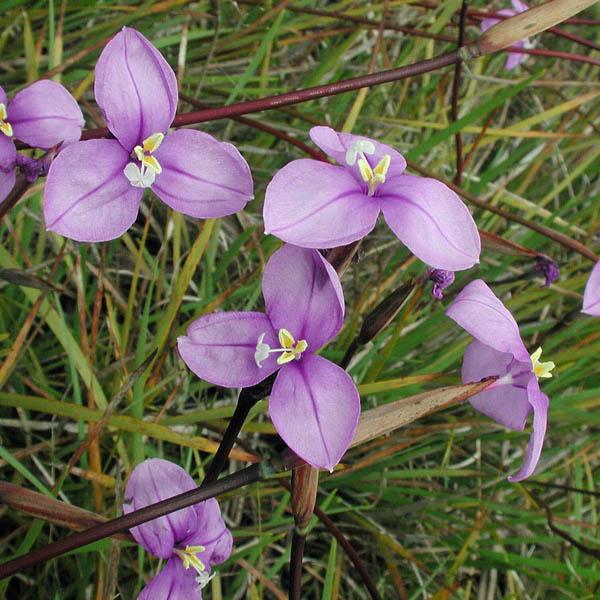
PATERSONIA occidentalis Patersonia (Native Iris) Australian Seed
A clumping grass-like perennial with green foliage and masses of iris-like purple flowers in spring. Great as a border or mass planting in the garden or rockery. Also great for pots. The Noongar name for the plant is komma Family : Iridaceae Cultivar Name: Little Pat Plant Type : Grass or grass-like, Clumping perennial Width : 0.6
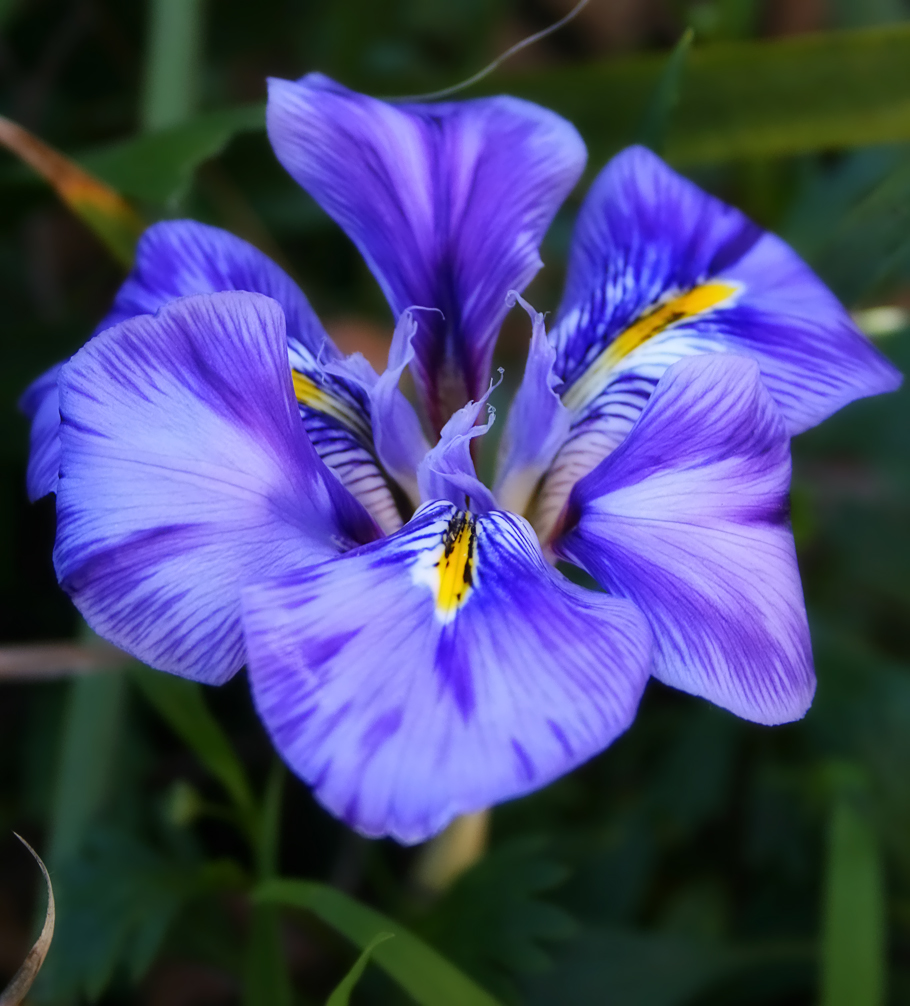
FileBlue Australian Iris.jpg Wikipedia
It is a tall, free-flowering species occurring naturally in south-western Australia. As with other Patersonia species it flowers in the spring and carries through to early summer. Colour is blue to purple. P. sericea is another reliable species with attractive silky leaves dark to greyish green.

Native iris....Australia Susan Freeman Flickr
RM 2H8W18B - Native Iris or Silky Purple Flag (Patersonia sericea) growing in Lane Cove National Park is a densely tufted grass-like herb with tough, stiff leaves. RM AJD0KX - single eastern dwarf treefrog sitting in purple iris flower. RM 2FM23WA - Rainbow Pitta Pitta iris Darwin, Northern Terittory Australia BI005713.
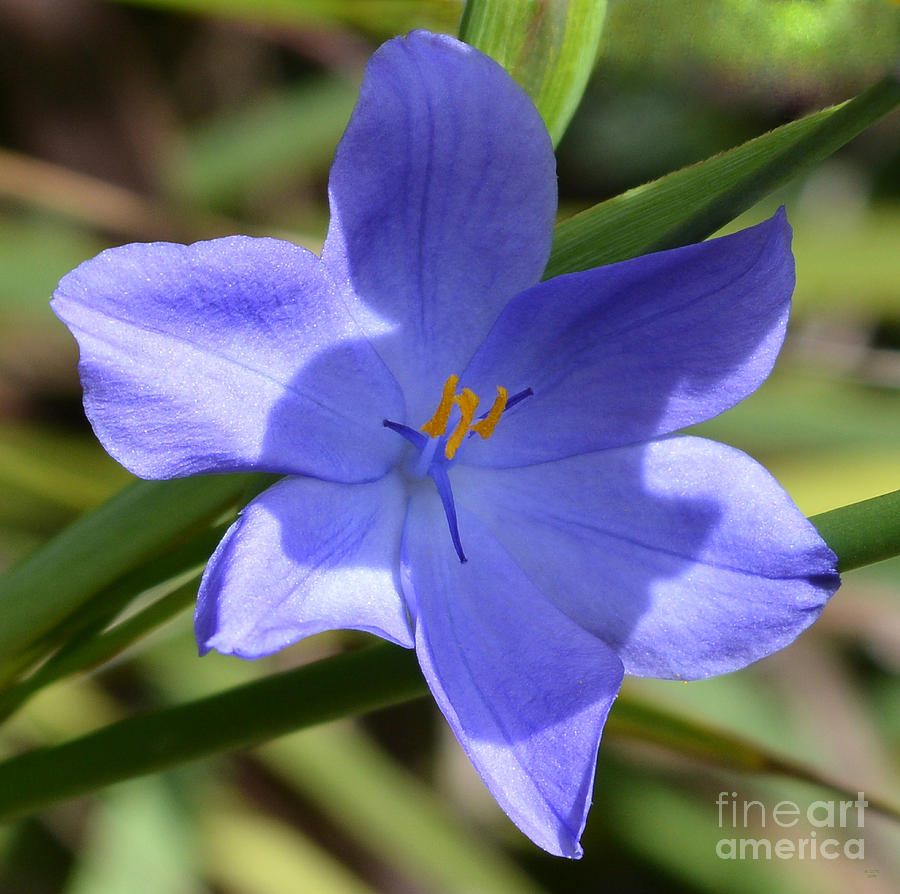
The Morning Iris Flower Australian Native Photograph by Geraldine Cote Fine Art America
Dietes Plant or Wild Iris sometimes called the fairy Iris or butterfly grass is a fantastic plant for landscaping and decorating gardens. It's exceptionally low maintenance an ideal plant for the beginner gardener, highly versatile and aesthetically pleasing.
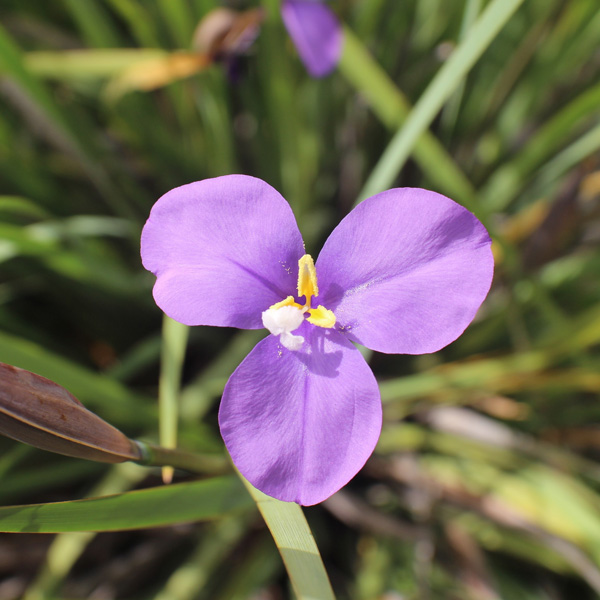
Patersonia Native Iris Garden Express
Western Australia Region : This Iris is generally more robust than D. iridioides and has arching leaves from 0.75 - 1 m without a prominent midrib. White iris like flowers appear during spring and summer and are marked with yellow and brown blotches.. A hardy evergreen native to 0.5 m. Stunning iris-like blue/mauve flowers appear above the.

This is an Australian native flower called Patersonia sericea or Native Iris. Isnt it
In most areas of Australia they are best with 1-2 cm of soil over the rhizome with the junction of the rhizome and leaves at the surface. In the Australian climate, allowing the rhizome to be exposed may cause scorch. To be classed as a "tall" bearded iris their flower stalk must reach 70 cm (27 1/2 inches) and above.

Australian native Iris. Australian native plants, Native plants, Plants
The Noongar name for this plant is komma. Family : Iridaceae Cultivar Name: Plant Type : Grass or grass-like, Clumping perennial, Bulb or bulb-like Width : 0.5 Flowering Time : Spring, Summer Soil Type : Loamy, Sandy loam, Clay loam, Poor soil Climate Zone : Warm temperate, Cool temperate, Mediterranean Growth Habit : Evergreen

Australian native iris 2 Aline COHEN Flickr
Iris originate primarily from the northern hemisphere from Europe, Asia and into North America. Apart from the many hundreds of hybrid cultivars of bearded and Louisiana iris bred for their colour patterning and size, irises are still one of the very few flowering plant species grown for their individual species in home gardens.
australian native plants Lord Howe Island Wedding Iris
Availability Look for native irises at your local native plant nursery. Cost about $6.95 for 15cm (6″) pots. They are available from Kuranga Native Nursery, 393 Maroondah Highway, Ringwood, VIC, 3134. Phone: (03) 9879 4076 or fax: (03) 9870 7301. Orders can be made from the nursery but this price does not include postage and handling.

The Morning Iris Australian Native Flower Photograph by Geraldine Cote Fine Art America
Australian native plant that grows from an underground rhizome, making it a hardy and easy care plant. The Noongar name for this plant is komma. Flowering from spring through summer with strappy grass-like foliage and striking purple flowers held on long stems dancing above the foliage. The flowers only last a day but a well grown plant will.

PATERSONIA umbrosa Blue Fls Patersonia (Native Iris) Australian Seed
Irises are widespread in nature, but almost all species have their origins in warmer parts of the Northern Hemisphere - particularly southern Europe, North America, and Asia. However, there are situation-specific Irises which thrive in cooler climates, on lake-sides, and chilly mountainous regions, while others will only grow in dry meadows.

Australian Native Iris by SiriusJoker on deviantART
Terry and Shirley have been breeding iris for 37 years, hoping to grow a green iris - it's a goal Shirley's grandfather had and they're following in his footsteps. The couple enter their cut flowers in competitions each year and they are both very involved in the Iris Society of Australia. Iris Growing Tips

Australian Iridaceae
A tough, attractive, tuft forming Australian native with beautiful blue to purple flowers which resemble Irises. Flowers appear in late spring and early summer. Perfectly suited for the backyard, courtyard or in landscaping. Plant in a sunny positi
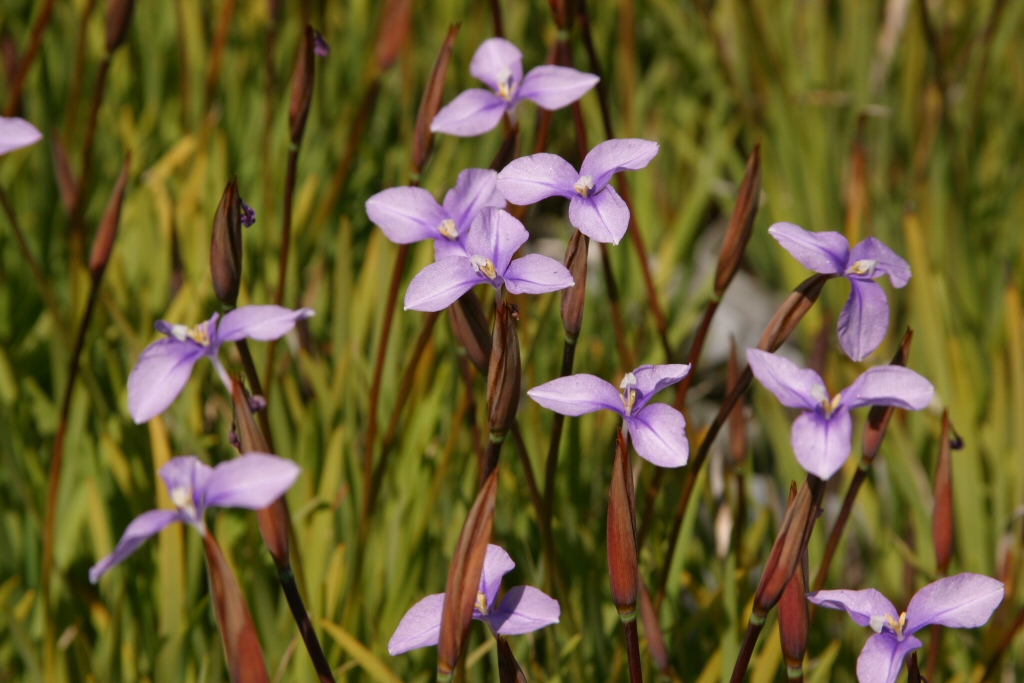
Patersonia occidentalis ‘Little Pat’ Native Iris Gardening With Angus
Foliage: evergreen or deciduous. Climate: cold temperate, warm temperate, semi-arid, sub-tropical. Soil: prefers deep, well-drained soil. Position: full sun. Flowering: showy flowers of various colours at the tops of the plant. Flowering time depends on the variety. Feeding: regular feeding with a balanced, controlled-release fertiliser.
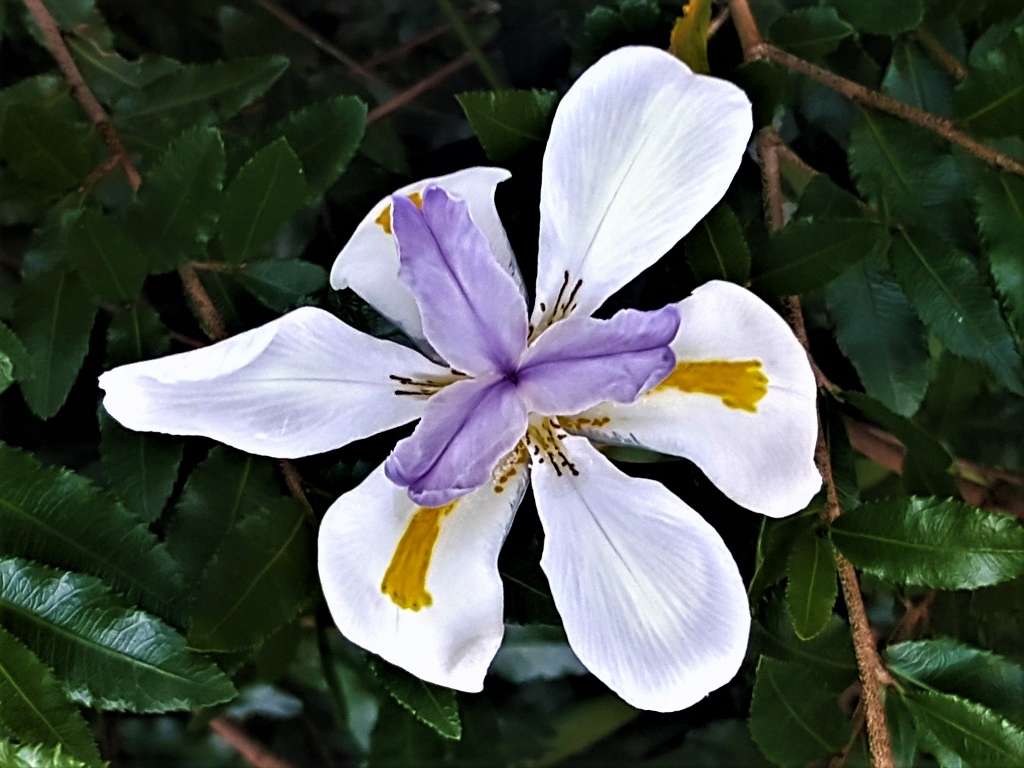
Australian Native Iris by Valerie Chesney · 365 Project
Home Dietes grandiflora - wild iris Dietes grandiflora - wild iris In stock $4.95 Grassy plant, tough and beautiful, ideal for landscaping, weed suppressing and erosion control. Hardy, ideal around waterways or soaks or pond margins. Charming white iris-like flowers with lilac centres, on tall stems.
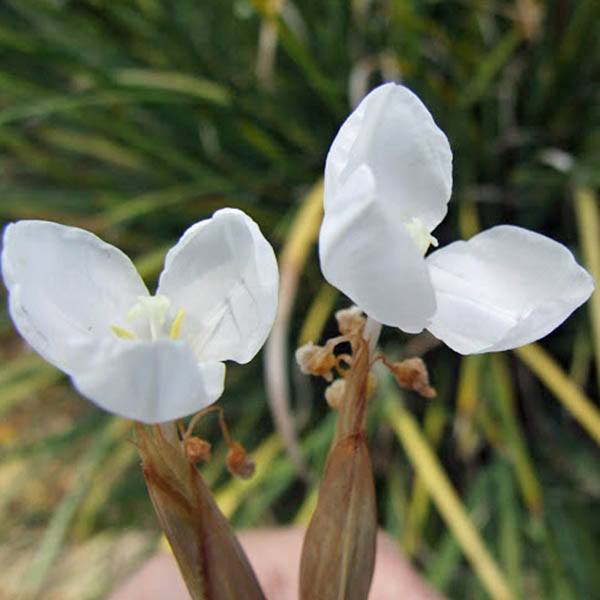
PATERSONIA occidentalis alba Patersonia (Native Iris) Australian Seed
The Native Iris or Purple Flag Patersonia are referred to as Native Iris or Flag Iris, and Patersonia occidentalis is perhaps the best know. Found in many areas of temperate Australia, mainly New south Wales, Victoria, Tasmania and South Australia , although P. xanthina and P. occidentalis are both species from Western Australia.
